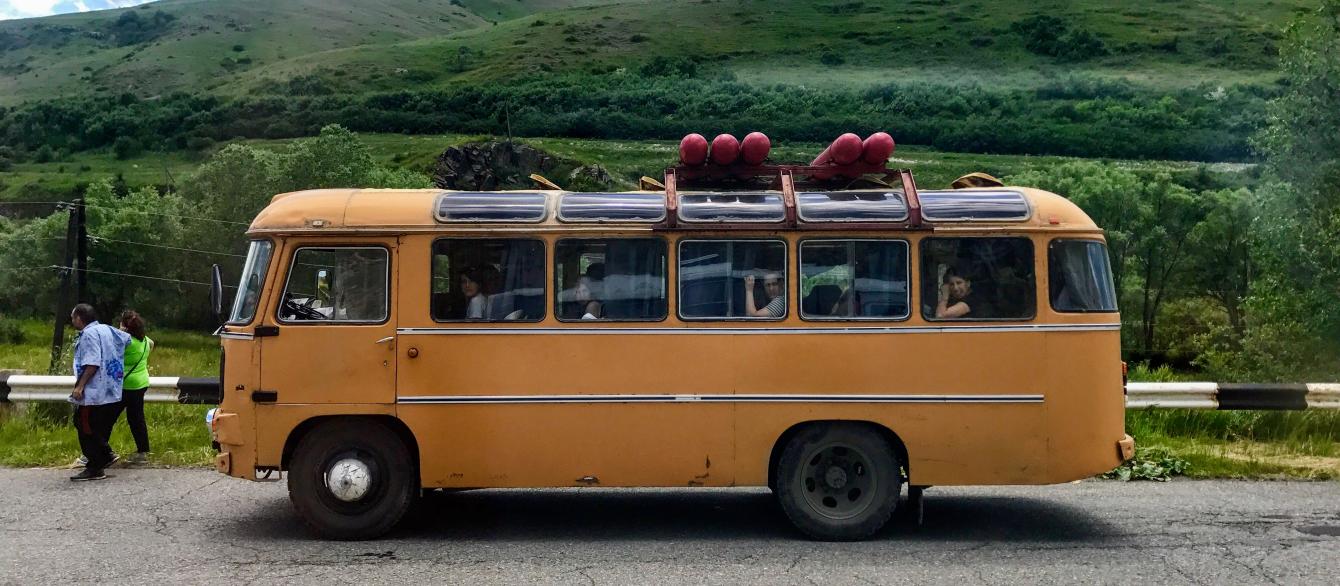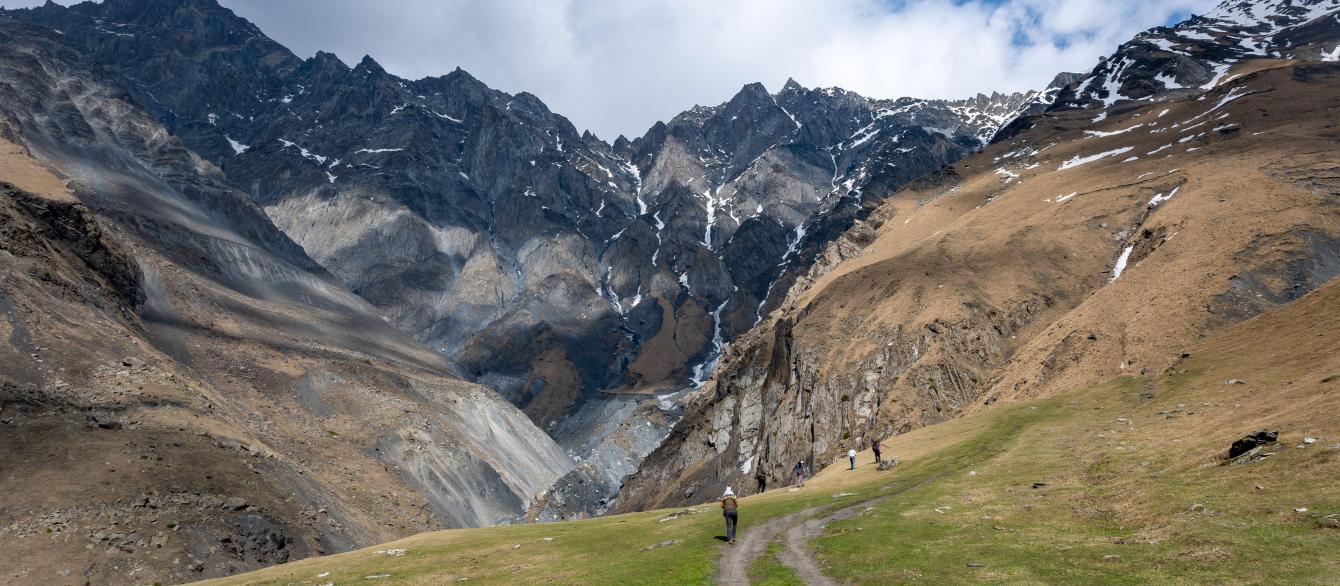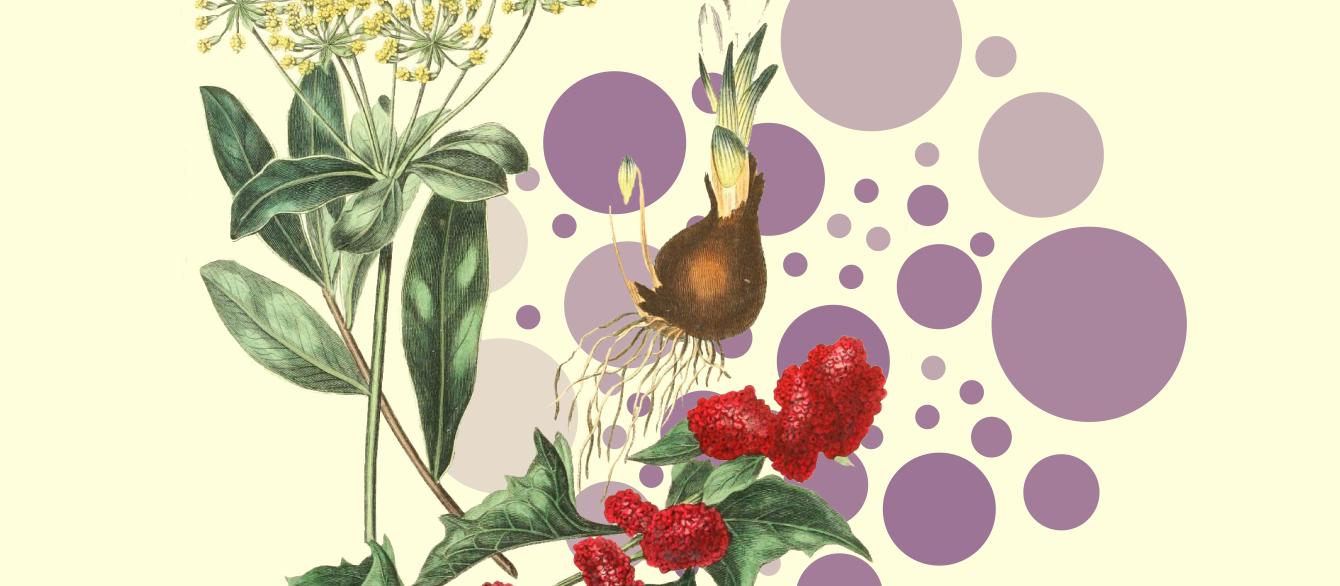Explore the full dataset here.
Names Matter
The cost of Russia’s war against Ukraine is high, whether calculated in terms of the loss of human life, cultural heritage, or landscape. In the face of all that is being destroyed, this project will help preserve the history of the natural world of Ukraine, starting with some of the most fragile elements of the ecosystem: plants.
It might seem like a small thing to know where the sunflowers grew around Odessa in the 1890s, but don't be fooled: It is a powerful thing to be able to talk substantively about changes in biodiversity and the evolution of the built environment over time.
Having that conversation requires forging links between phytonyms (plant names) and toponyms (place names).
Falcaria rivini is commonly found in the steppe and along roadsides, and along the edges of shrub areas and coastal bluffs throughout the Odessa region.
That is the language the botanist Pyotr Stepanovich Shesterikov used to describe the location of the longleaf (or sickleweed) plant. It isn’t easy to put such "places" on the map. In fact, it is absurd to think we could ever establish the edges of shrubs that grew 130 years ago. But if we truly want to understand the structure of historical space as it was experienced by everyone, and not only as it was documented by those in power, we must develop new strategies for mapping the past. (See the "Mapping Habitats" and "Mapping Odes(s)a" pages to learn about our approach.)
The Botanical Data
In the 19th century, botanists combed the land, intent on documenting every plant they could find, from cowbane to chokecherry. We are studying the lists they compiled and building a database that enables us to analyze distribution and prevalence. We are doing this because 1) the history of vegetation and cultivation is important in its own right, 2) plants serve as proxies for other silent actors in the environment, such as soil, insects, and wildlife, and 3) mapping plants is absurdly difficult and therefore fun.
- How many species of the mustard family grew near Odessa in the 1890s?
- How many sunflower species could be found in local salt marshes?
- Were there any invasive plants?
- Where did the weeds tend to grow?
- Were you to travel back in time to do some hiking along quarries near the Black Sea coast, might you encounter any nightshades?
The data describes flowering plants, edible plants, plants that provide ground cover, shade, and protection against flooding. They run the spectrum from humble pond weeds and leafy rock dwellers to roses gracing the banks of estuaries. You will find milkwort, eel grass, St. John's wort, dogwood, and honeysuckle. In fact, you will find plants that grow in 79 different habitats across 41 locations.
Together they open a window on the natural world at the end of the 19th century. But remember, as much as there is to "see" here, "Odes(s)a in Bloom" is built around a single primary source. It draws on only one of the dozens of flora that document botanical biodiversity in southern Ukraine and the Black Sea region. It is nothing more than a (metaphorical) seed. An early bloom.
And meet the project team: REECA students Jackie Erlon-Baurjan, Davit Gasparyan, and Olga Kiyan and Imperiia Project staff Kelly O'Neill and Paul Vădan.






